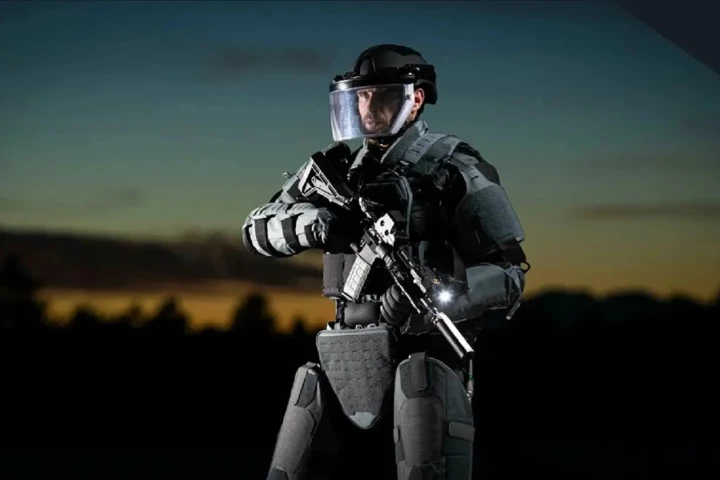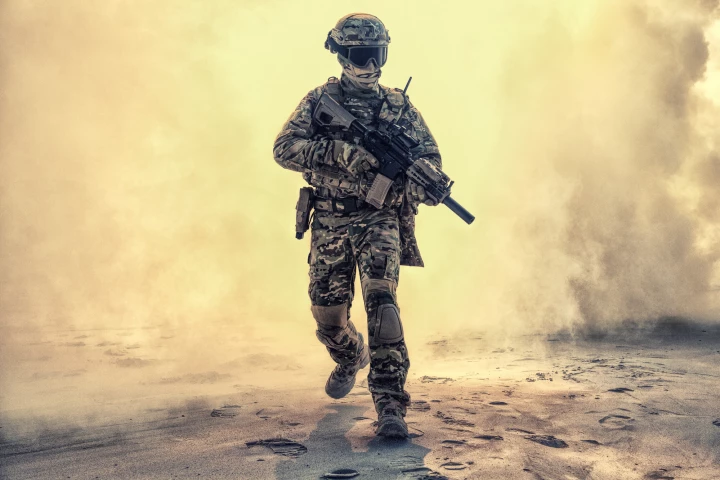Soldiers
-
Soldiers and tactical unit police officers often have a lot of heavy gear to carry, including the ballistic body armor that they're wearing. That's where the ExoM Up-Armoured Exoskeleton is intended to come in, as it's load-reducing and bulletproof.
-
Researchers have found that treating Special Ops veterans with psychedelics improved their mental health and, unexpectedly, their cognitive functioning, underscoring the benefits of psychedelic therapy for those with complicated trauma histories.
-
Controlling bleeding is one of the most important life-saving measures battlefield medics can take. However, this can be a significant challenge outside of a medical facility. A new injectable heat-activated hydrogel may offer a way forward.
-
In one of the largest, and most detailed studies of its kind conducted to date, a team of researchers examined data from over 150,000 US war veterans and found eight specific genetic regions that seem to confer an increased risk of developing post-traumatic stress disorder (PTSD).
-
Precisely locating the positions of both friends and foes is key for a mission to roll out both smoothly and without avoidable casualties. The US Army has just revealed its latest innovation, a head-up display system for soldiers called “Tactical Augmented Reality,” or TAR.
-
Information can be a soldier’s most important weapon. Rockwell Collins has unveiled the Integrated Digital Vision System, a HUD that attaches to combat helmets and relays data from a command center, other warfighters or drones, as well as augmenting the wearer’s vision with multispectral sensors.
-
At the recent DSEI exhibition in London, Britain's Ministry of Defence (MOD) took the wraps off its Future Soldier Vision (FSV) concept that is based on projections of today's commercial and military technology.
-
Researchers from the University of California at Irvine are developed a stick-on covering that could let soldiers hide from infrared light. It utilizes the same protein that's found in squids' color-changing skin.
-
A team from Northwestern University has developed a new material capable of neutralizing nerve gases. The zirconium-based NU-1000 is not only useful not only disposing of stockpiles of such toxins, but also for use in gas masks and protective suits for soldiers and rescue workers.
-
On most fish, their hard, overlapping scales provide protection against pokes and cuts. Because those scales are attached to a flexible skin, however, the fish are still able to easily twist their bodies. Scientists are now attempting to copy that structure, to develop flexible-yet-effective armor.
-
While ground vehicles, aircraft and ships have benefitted from numerous technological innovations over the years, not nearly as much has changed for foot soldiers. The SXCT program aims to tackle this by providing infantry with technologies that improve their awareness, precision and influence.
-
A video game called Rover that was developed by the US military uses an Xbox Kinect is being used to help train dog handlers to detect subtle cues from canines that are used to sniff out buried improvised explosive devices (IEDs).
Load More











